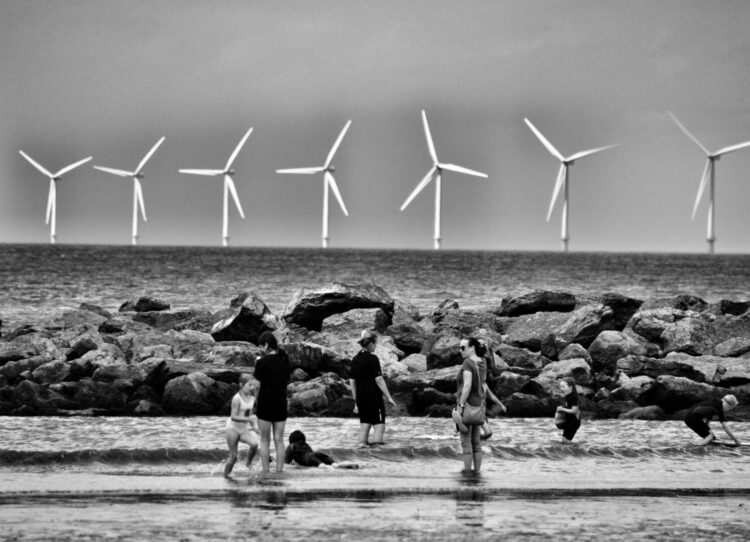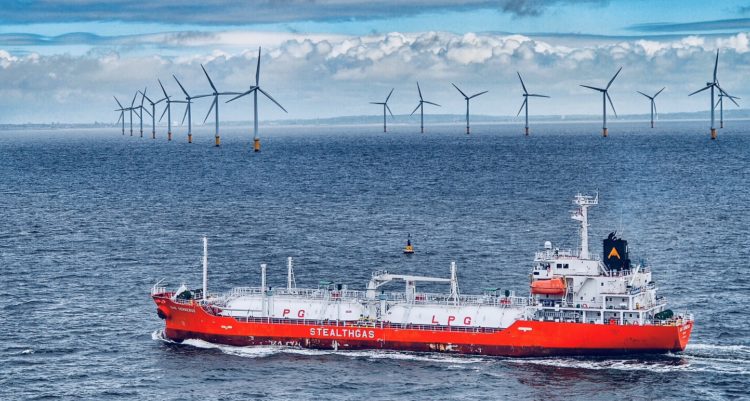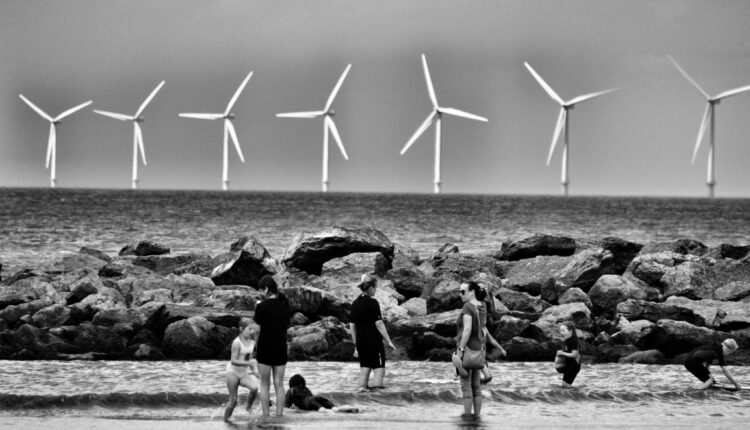Liverpool Bay turbines help set UK power record
On Boxing Day the UK generated more than 50% of its power from wind for the first time with more than 200 turbines in Liverpool Bay adding to the total. Tony McDonough reports

More than 200 wind turbines in Liverpool Bay helped the UK generate more than 50% of its electricity from wind power for a 24-hour period for the first time ever.
Thanks to the arrival of Storm Bella, with gusts of up to 100mph, the UK’s wind farms provided 50.7% of the nation’s energy needs on Boxing Day. While this figure had reached 60% on one day in August, it wasn’t sustained for 24 hours.
This has helped the UK record its greenest year on record thanks to the continued growth of renewable energy from wind, solar and biomass. April to June saw the longest coal-free period of power generation since the Industrial Revolution.
According to data from National Grid’s electricity system operator (NGESO), gas and coal made up 36% of the power generated in England, Scotland and Wales in the year up to December 21, 2020. Almost 30% came from wind and solar farms, up from 23% in 2019.
This was helped by the COVID-19 pandemic and the suppressing of demand for electricity during lockdown periods. But the trend towards more power being generated from renewable sources is clear to see.
However, experts warn that despite rapid advances in wind and solar technology, both remain dependent on weather. If the wind doesn’t blow for sustained periods then the UK will still require nuclear power and gas-fired power plants fitted with carbon capture technology if it is to achieve a low-carbon future.
Steve Jennings, a partner at the consulting firm PwC, told the Guardian: “Everyone is very positive about the UK’s green energy records but I think the microscope will begin to turn to what is happening on a daily basis rather than simply a cumulative basis.”
Liverpool City Region Metro Mayor Steve Rotheram is keen to harness the power of the River Mersey to provide 1m homes with emissions-free energy with his multi-billion pound Mersey Tidal Power project. He aims to have it operational by 2030.
In the meantime, Liverpool Bay continues to be a wind powerhouse. It is home to two giant windfarms – the 348MW Burbo Bank facility and the 576MW Gwynt y Môr wind farm can generate enough power for more than 700,000 homes.

Burbo Bank, off the Merseyside coast, first started generating power from 25 3.6MW turbines in 2007. The Burbo Bank Extension came into operation in 2017. It comprises 32 8MW turbines, illustrating how quickly wind turbine technology is advancing.
Gwynt y Môr, off the North Wales coast, is even bigger. It comprises 160 3.6MW turbines. Earlier this year, plans were submitted to build 107 new turbines in the windfarm. These would offer more than 100MW of electricity.
Their development means the Liverpool city region has become a hub for offshore wind expertise, with local SMEs making a major contribution to the supply chain. Further Government investment in offshore wind could see that know-how become invaluable in the next few years.
Rob Rome, NGESO’s head of national control, added: “2020 has been a record-breaking year for Great Britain’s electricity system. The grid continues to transform at an astonishing rate as we harness the growth of renewable power sources.
“We saw the highest ever level of solar generation in April, the longest period of coal-free operation between April and June, and the greenest ever month in May. The wind record set earlier this month illustrated the changing nature of electricity in Britain.”

